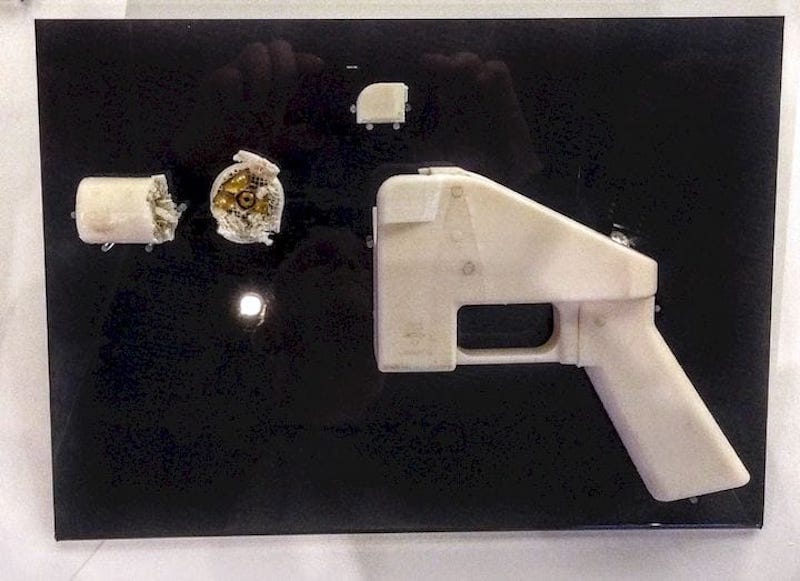
A ruling in the US Supreme Court involved 3D printing.
It’s not often 3D print technology makes its way to the highest court in the US, but it certainly did this week. The court ruled on the controversial topic of regulations for “ghost guns”.
Ghost guns are a reaction to US gun regulations, which in the US may require registration, licenses, serial numbering, background checks and more. The concept was to 3D print the weapons and thereby bypass the regulatory steps. This approach creates weapons that are essentially invisible to the authorities as they have no serial numbers and no tracking, hence the term “ghost guns”.
While enthusiasts and manufacturers don’t want additional regulations, police forces are increasingly finding ghost guns involved in crimes of all sorts, and they want them regulated just like conventionally produced weapons.
The weapons are not completely 3D printed. Instead, only the serialized component is 3D printed, while the rest of the weapon is assembled using a “kit” that provides all the other metal parts. This is important because fully 3D printed guns are usually made from plastics that are far less strong than metal, resulting in very poor performance and a host of safety issues.
The court ruling decided that ghost guns fall within the definition of “firearm”, as far as the US law goes. The implication is that the 3D printed parts and kits then fall under the same regulatory practices as conventionally produced weapons.
Even tough the US Supreme Court is currently dominated by conservatives, they still ruled in this case for gun control measures. This is not terribly surprising, as it is pretty clear that these weapons are indeed firearms.
I’m wondering how this decision will carry forward to other countries, where ghost guns also pose similar problems.
Via NBC News

I’m sorry, Kerry, but this article is 100% wrong. The ruling the SCOTUS made was simply to allow the reinstatement of a temporary ban that was put in place back in June while it’s still be handled by a lower court. In other words, they lifted the injunction while it is still being address by the lower court. There is no precedent being set in this ruling at all. Only if the lower court rules AND the case isn’t presented to the SCOTUS or it is presented to them under appeal AND they rule on it does it set precedent.